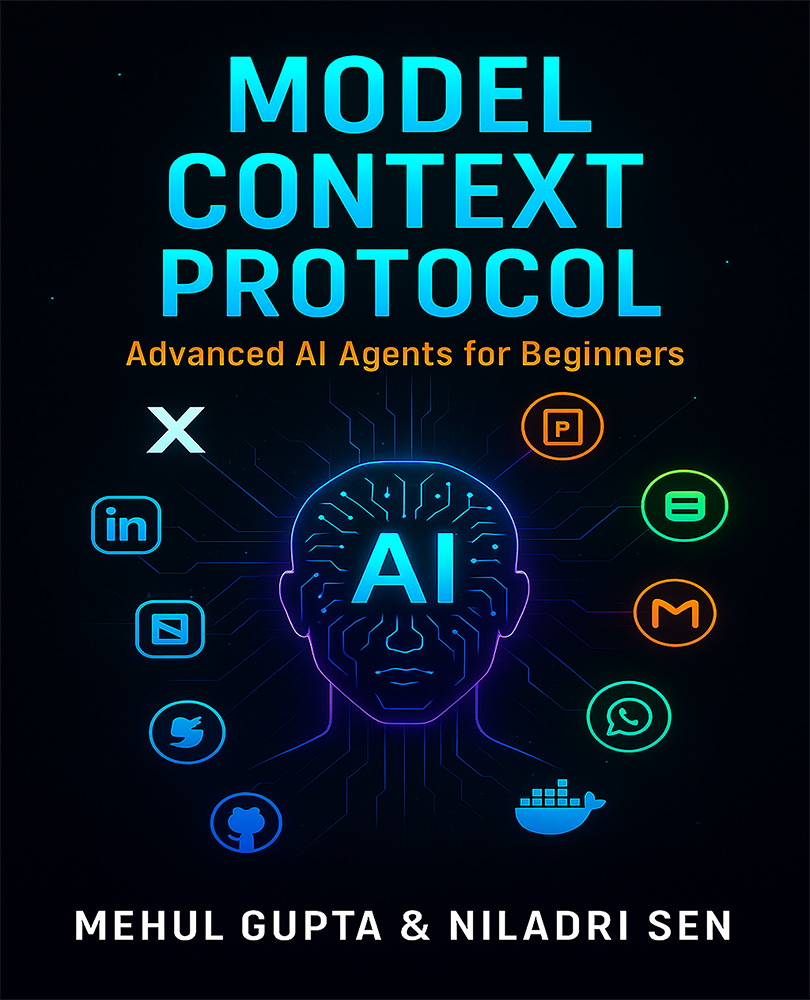In an attempt to deepen neural network interpretability, Google has released Google Lucid, a neural network visualization library along with publishing an article “The Building Blocks of Interpretability”, which answers one of the most popular questions in Deep Learning: how do neural networks make decisions?
Google Lucid is a neural network visualization library building off Google’s work on DeepDream. You may remember DeepDream as Google’s earlier attempt to visualize how neural networks understand images, which led to the creation of psychedelic images. Google Lucid adds feature visualizations to create more artistic DeepDream images. It is basically a collection of infrastructure and tools for research in neural network interpretability. In particular, it provides state of the art implementations of feature visualization techniques, and flexible abstractions that make it very easy to explore new research directions.
To add more flexibility and ease of work, Google is also releasing colab notebooks. These notebooks make it extremely easy to use Lucid to reproduce visualizations. Just open the notebook and click a button to run code without worrying about setup requirements.
To further make things exciting, Google’s new Distill article, titled, “The Building Blocks of Interpretability,” shows how feature visualization in combination with other interpretability techniques allows a clear cut view of the neural network. This is helpful to see how a neural network makes some decisions at a point, and how they influence the final output. For example, Google says, “we can see things like how a network detects a floppy ear, and then that increases the probability it gives to the image being a “Labrador retriever” or “beagle”.
The article explores techniques for understanding which neurons fire in the network by attaching visualizations to each neuron, almost a kind of MRI for neural networks. It can also zoom out and show how the entire image was perceived at different layers. Thus detecting very simple combinations of edges, to rich textures and 3d structure, to high-level structures.
Unlock access to the largest independent learning library in Tech for FREE!
Get unlimited access to 7500+ expert-authored eBooks and video courses covering every tech area you can think of.
Renews at $19.99/month. Cancel anytime
The purpose of this research, Google says is to “address one of the most exciting questions in Deep Learning: how do neural networks do what they do?” However, it adds, “This work only scratches the surface of the kind of interfaces that we think it’s possible to build for understanding neural networks. We’re excited to see what the community will do.”
You can read the entire article on Distill.
 United States
United States
 Great Britain
Great Britain
 India
India
 Germany
Germany
 France
France
 Canada
Canada
 Russia
Russia
 Spain
Spain
 Brazil
Brazil
 Australia
Australia
 Singapore
Singapore
 Canary Islands
Canary Islands
 Hungary
Hungary
 Ukraine
Ukraine
 Luxembourg
Luxembourg
 Estonia
Estonia
 Lithuania
Lithuania
 South Korea
South Korea
 Turkey
Turkey
 Switzerland
Switzerland
 Colombia
Colombia
 Taiwan
Taiwan
 Chile
Chile
 Norway
Norway
 Ecuador
Ecuador
 Indonesia
Indonesia
 New Zealand
New Zealand
 Cyprus
Cyprus
 Denmark
Denmark
 Finland
Finland
 Poland
Poland
 Malta
Malta
 Czechia
Czechia
 Austria
Austria
 Sweden
Sweden
 Italy
Italy
 Egypt
Egypt
 Belgium
Belgium
 Portugal
Portugal
 Slovenia
Slovenia
 Ireland
Ireland
 Romania
Romania
 Greece
Greece
 Argentina
Argentina
 Netherlands
Netherlands
 Bulgaria
Bulgaria
 Latvia
Latvia
 South Africa
South Africa
 Malaysia
Malaysia
 Japan
Japan
 Slovakia
Slovakia
 Philippines
Philippines
 Mexico
Mexico
 Thailand
Thailand














